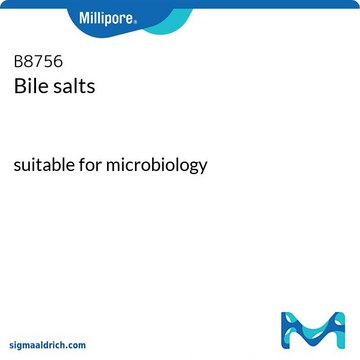P3292
Pancreatin from porcine pancreas
powder, suitable for cell culture, 4 × USP specifications
Synonym(s):
Pancreatin from hog pancreas
Sign Into View Organizational & Contract Pricing
All Photos(2)
About This Item
Recommended Products
biological source
Porcine pancreas
Quality Level
Agency
USP (specifications)
form
powder
specific activity
4 × USP specifications
contains
lactose or sucrose as extender (The sucrose used might contain up to 3.25% starch.)
technique(s)
cell culture | mammalian: suitable
shipped in
ambient
storage temp.
−20°C
Looking for similar products? Visit Product Comparison Guide
Application
Pancreatin from porcine pancreas has been used to assess the treatment of steatorrhea by lipase supplementation therapy, to investigate treatment options for pancreatic diabetes in patients experiencing the decompensated stage of chronic pancreatitis, and to safely and effectively remove formalin-fixed tissues from arterial grafts without leading to structural damage or loss in fiber integrity.
Biochem/physiol Actions
Pancreatin contains enzymatic components including trypsin, amylase and lipase, ribonuclease, and protease, produced by the exocrine cells of the porcine pancreas. This combination of enzymes allows it to hydrolyze proteins, starch and fats. Pancreatin will convert not less than 25 times its weight of potato starch into soluble carbohydrates in 5 minutes in water at 40°C, will digest not less than 25 times its weight of casein in 60 minutes at pH 7.5 at 40°C and will release not less than microequivalents of acid per min per mg pancreatin from olive oil at pH 9.0 at 37°C.
related product
Product No.
Description
Pricing
Signal Word
Danger
Hazard Statements
Precautionary Statements
Hazard Classifications
Eye Irrit. 2 - Resp. Sens. 1 - Skin Irrit. 2 - Skin Sens. 1 - STOT SE 3
Target Organs
Respiratory system
Storage Class Code
11 - Combustible Solids
WGK
WGK 1
Choose from one of the most recent versions:
Already Own This Product?
Find documentation for the products that you have recently purchased in the Document Library.
Customers Also Viewed
Teresa del Castillo-Santaella et al.
Journal of agricultural and food chemistry, 63(47), 10333-10340 (2015-11-10)
Inhibition of lipase activity is one of the approaches to reduced fat intake with nutritional prevention promoting healthier diet. The food industry is very interested in the use of natural extracts, hence reducing the side effects of commercial drugs inhibiting
Xu-Dong Kong et al.
Nature biomedical engineering, 4(5), 560-571 (2020-05-13)
The oral administration of peptide drugs is hampered by their metabolic instability and limited intestinal uptake. Here, we describe a method for the generation of small target-specific peptides (less than 1,600 Da in size) that resist gastrointestinal proteases. By using
Bruna Maria Salotti de Souza et al.
Probiotics and antimicrobial proteins, 11(2), 382-396 (2018-03-16)
The objective of this study was to evaluate the probiotic properties of Lactobacillus casei and Lactobacillus fermentum strains, as well as to select novel and safe strains for future development of functional fermented products. The in vitro auto-aggregation, co-aggregation, hydrophobicity
Hyunji Byun et al.
Reproductive biology and endocrinology : RB&E, 19(1), 112-112 (2021-07-18)
The tumor susceptibility gene 101 (Tsg101), a component of the endosomal sorting complex required for transport (ESCRT) complex I, is involved in multiple biological processes involving endomembranous structures and the plasma membrane. The role of Tsg101 in the uterine epithelium
C Giromini et al.
Food additives & contaminants. Part A, Chemistry, analysis, control, exposure & risk assessment, 34(8), 1436-1445 (2017-04-12)
Ex-food or former food products (FFPs) have been proposed as one of the categories with great promise as alternative feed ingredients. FFPs' nutritional potential is not yet fully exploited. Therefore, the aim of this study was to perform a nutritional
Our team of scientists has experience in all areas of research including Life Science, Material Science, Chemical Synthesis, Chromatography, Analytical and many others.
Contact Technical Service












